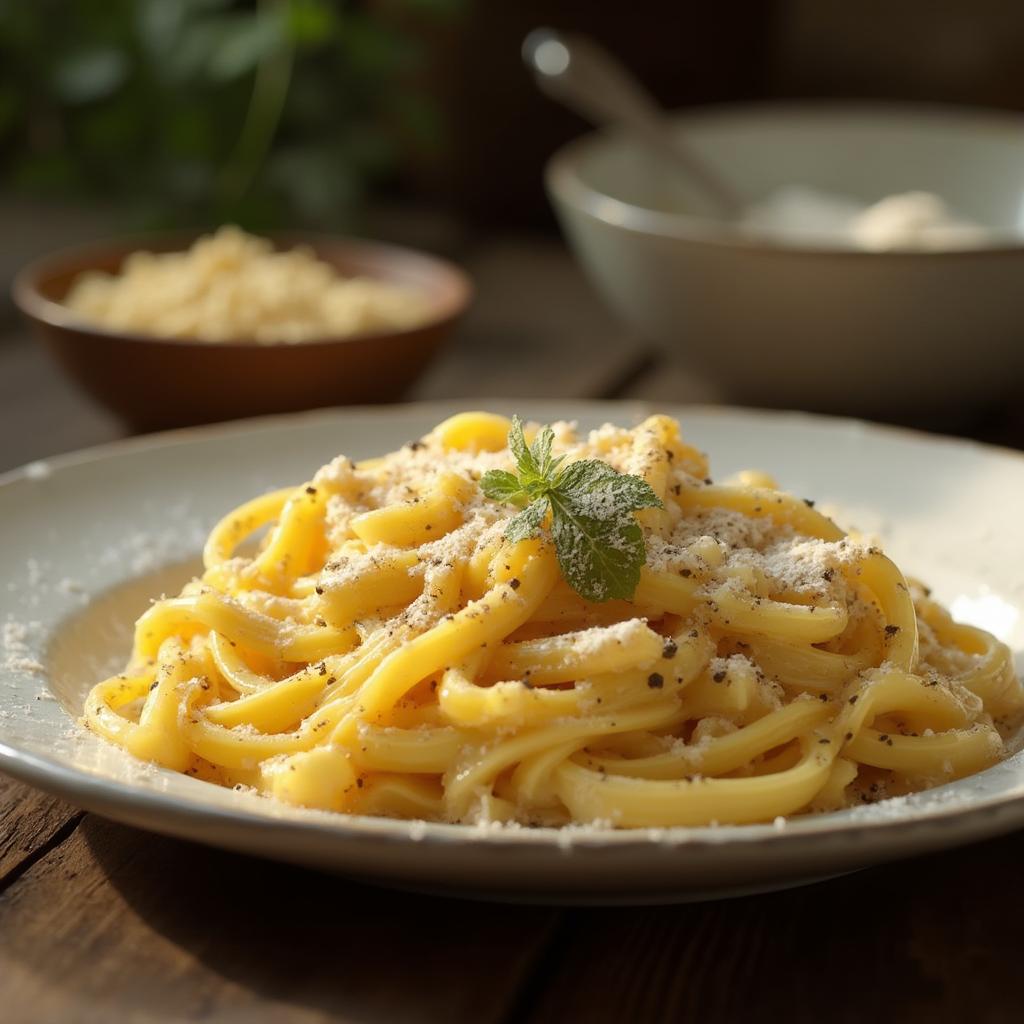
Cacio e pepe, the beloved Roman pasta dish, is simple on paper but tricky to master. Now, Italian physicists have stepped into the kitchen with a scientific mission: to make this classic dish foolproof. Their secret weapon? A dash of cornstarch.
Traditionally, cacao e pepe combines pasta, pecorino cheese, and black pepper into a creamy, silky sauce. But getting that perfect texture can be a nightmare. Too often, the cheese clumps up, turning your masterpiece into what researchers call the “mozzarella phase.” Yikes.
Enter a team of Italian physicists who decided to tackle this culinary challenge using thermodynamics. Their groundbreaking study, which involved eating a lot of pecorino cheese (about 11 pounds, to be exact), reveals that adding cornstarch to the pasta water helps stabilize the sauce, preventing it from separating or turning gooey.
The dish’s origins trace back to Italian shepherds who needed a high-energy meal to carry with them. Today, it’s a star in Rome’s traditional trattorias. But as one of the researchers humorously noted, “I hope that eight Italian authors is enough” to justify tampering with such an iconic recipe.
The key lies in creating the perfect emulsion—a harmonious blend of cheese, pepper, and starchy pasta water. When done right, it’s magic. When done wrong, it’s a clumpy disaster. So, if you’ve ever struggled with cacio e pepe, science might just have your back.
Next time you’re in the kitchen, grab that cornstarch and give this Roman classic a go. Who knew physics could taste so good?
